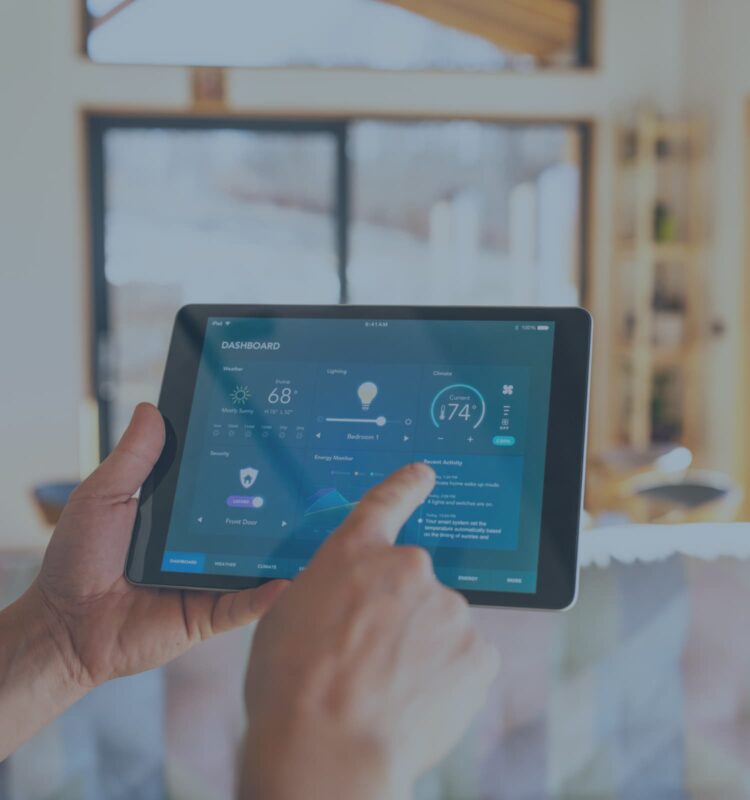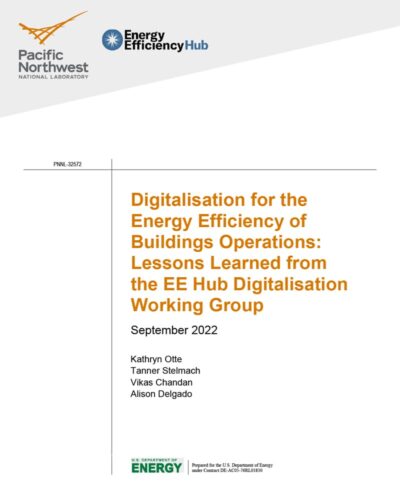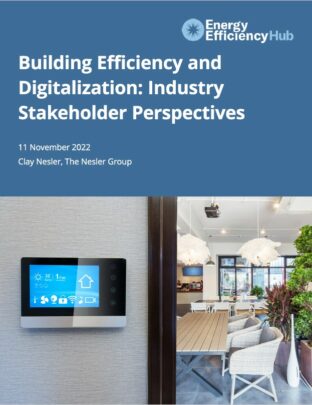
November 14, 2022


The Task Group serves as a platform for Hub Members to coordinate, learn about each other’s experiences with digitalisation, and work jointly to understand key gaps and priority areas to upscale the use of digital technologies.
The DWG is a multi-year undertaking to increase multilateral cooperation in the field of energy efficiency and demand flexibility. Participants:
From 2021 to 2023, the Task Group focused on buildings, where the use of energy management systems, smart controls, and connected appliances was able to improve occupants’ comfort while saving energy. In 2024, the Task Group has shifted its attention to policy and regulatory measures to improve the efficiency of digital technologies, such as digital devices, networks, data centres, and artificial intelligence (AI). The DWG aims to undertake a dual approach, exploring how to:
Digitalisation is changing the energy landscape. Digital technologies can enable efficiency improvements and emissions reductions across the energy system.
In electricity systems, digital technologies such as machine learning and smart meters can help integrate higher shares of variable renewables and better match supply with demand and decentralised storage, including electric vehicles (EVs). In end-use sectors, digital technologies can improve efficiency in buildings and transport while also enabling a shift to low-carbon options.
Digital technologies themselves can drive up energy use and emissions. The data centres, data transmission networks, and connected devices that underpin digitalisation accounted for around 330 Mt CO2 equivalent in 2020 (including embodied emissions), equivalent to 0.9% of energy-related GHG emissions globally.
The DWG will draw on the work of other organisations, including the IEA’s Digital Demand-Driven Electricity Networks (3DEN), the IEA Technology Collaboration Programme (TCP) on Energy Efficient End-Use Equipment (4E), and an IEA TCP and Clean Energy Ministerial Initiative, the International Smart Grid Action Network (ISGAN), focused on smarter, cleaner, and more flexible and resilient electricity grids.
Digitalisation is already improving the safety, productivity, accessibility, and sustainability of energy systems.
Task Group members continue to play active roles in developing and promoting the Task Group, contributing to policy makers and industry stakeholders from different energy-consuming sectors.
The DWG has produced several publications, including:
Please contact China National Institute of Standardization (CNIS) with any queries.
Yujuan Xia, Director, Department of Energy Research, xiayj@cnis.ac.cn
Haoxin Lin, Senior Engineer, Department of Energy Research, linhx@cnis.ac.cn


Interoperability refers to the ability for software products and devices to communicate with each other within a building, among other buildings, and with the electric grid and its components. Key interoperability roadmap objectives include the following:
Equip consumers with actionable energy-use information.
Ensure clear communications protocols between consumers and the external market.
Develop cybersecurity and privacy policies compatible with interoperability standards.
Data availability refers to the need to have spatiotemporal data and/or device-specific data on building energy use available to end users, digital applications, and service providers. Key data availability and analysis roadmap objectives:
Develop infrastructure capable of accommodating many devices across the energy system and delivering granular data in real time.
Equip consumers with the data and resources to make decisions regarding their energy consumption.
Incentivise government-industry partnerships to lead improvements in data availability, quality, and analysis.
Privacy refers to consumer concerns about the mass collection of granular data on energy use and associated personal information. Consumers are worried about how data will be used, where the data are stored, and who can access the data. Key privacy roadmap objectives include the following:
Ensure that consumer data is safe from misuse and unauthorized access by enacting and enforcing clear regulations on data storage, handling, and transmission.
Use smart meter data responsibly with strong privacy protections in place to protect end users from social engineering, blackmail, and physical security threats.
Protect proprietary information to incentivise companies to cooperate in digitalization efforts and share data essential to energy.
Cybersecurity refers to risks associated with digital technologies for building energy efficiency relying on internet connections and computer networks. All connected devices are at risk for attacks, from building management systems to smart appliances. Key cybersecurity roadmap objectives:
Secure operation and data transmission to mitigate the risk of a cyberattack on a building or building system occurs.
To address security concerns, incorporate cybersecurity awareness into all phases of policy planning and digital tool design.
